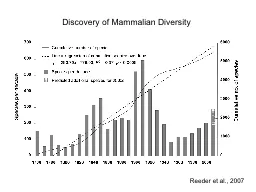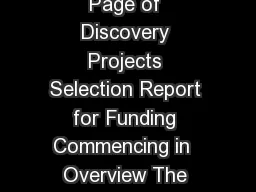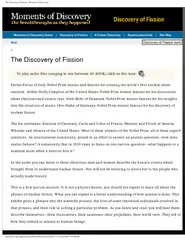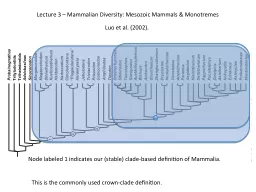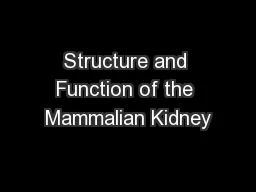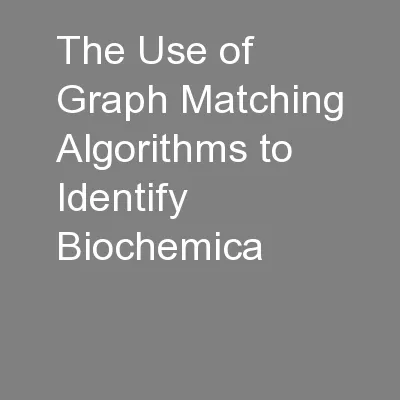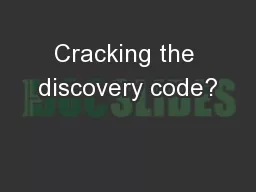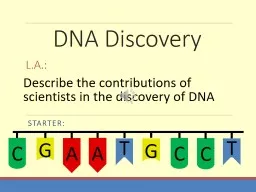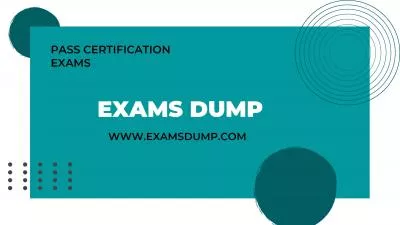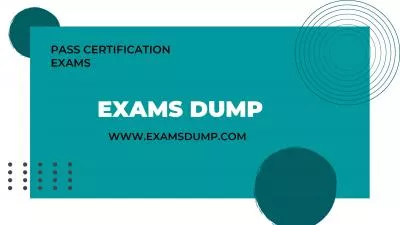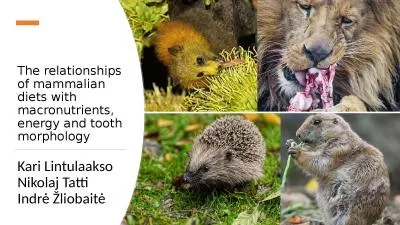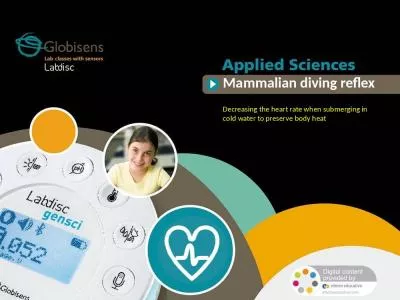PPT-Discovery of Mammalian Diversity
Author : liane-varnes | Published Date : 2016-08-03
Reeder et al 2007 Described since I last taught Mammalogy 2014 Petrogale wilkinsi Wilkins rock wallaby 5 new species of Pithecia including P rylandsi Craseonycteris
Presentation Embed Code
Download Presentation
Download Presentation The PPT/PDF document "Discovery of Mammalian Diversity" is the property of its rightful owner. Permission is granted to download and print the materials on this website for personal, non-commercial use only, and to display it on your personal computer provided you do not modify the materials and that you retain all copyright notices contained in the materials. By downloading content from our website, you accept the terms of this agreement.
Discovery of Mammalian Diversity: Transcript
Download Rules Of Document
"Discovery of Mammalian Diversity"The content belongs to its owner. You may download and print it for personal use, without modification, and keep all copyright notices. By downloading, you agree to these terms.
Related Documents

